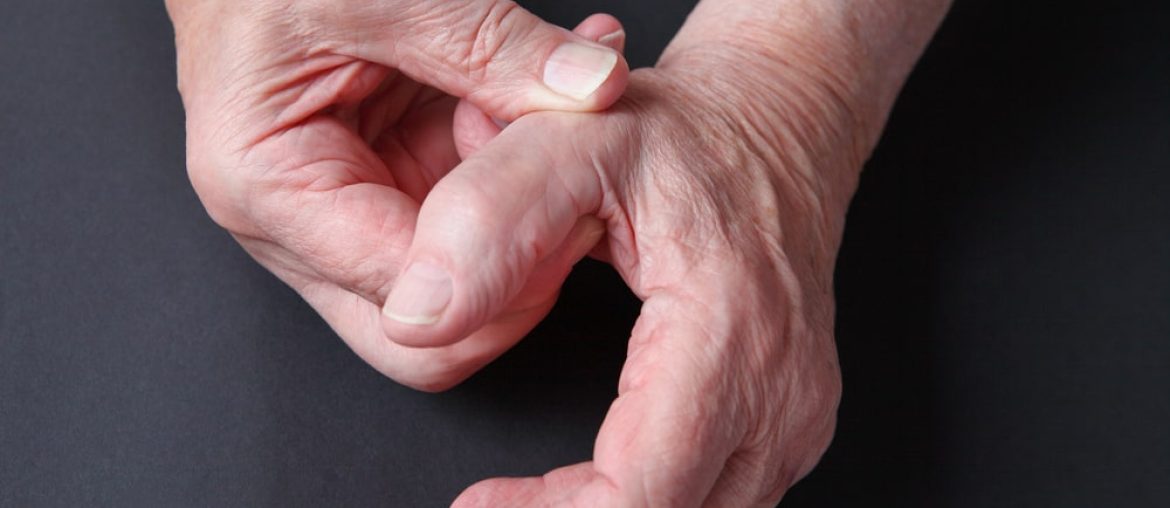Carpometacarpal (CMC) arthritis, or thumb arthritis, affects the joint at the base of the thumb. This type of arthritis is common and can cause pain and difficulty with gripping, making everyday tasks challenging. For those in Nebraska and Iowa, understanding CMC arthritis symptoms, causes, and available treatments can help in finding relief and improving hand function.
What is CMC Arthritis?
CMC arthritis occurs when the cartilage in the joint at the base of the thumb wears away, leading to painful bone-on-bone contact. This is particularly common in people over 50 and can be accelerated by repetitive thumb use.
Symptoms of CMC Arthritis
Common symptoms include:
- Pain at the Thumb Base: Especially noticeable when gripping or pinching.
- Swelling and Tenderness: Around the base of the thumb and wrist area.
- Weak Grip and Pinch Strength: Difficulty holding objects or twisting motions, like opening jars.
- Limited Range of Motion: Reduced ability to move the thumb, often accompanied by stiffness.
- Visible Joint Changes: The joint may appear enlarged or misaligned.
Causes and Risk Factors
CMC arthritis is often caused by a combination of factors, including:
- Wear and Tear: Aging is the most common factor, as cartilage wears down over time.
- Repetitive Motion: Repetitive tasks, especially those involving gripping or twisting, can strain the joint.
- Genetics: A family history of arthritis increases the risk.
- Injury: Prior injuries to the thumb can lead to arthritis later on.
Diagnosing CMC Arthritis
An orthopedic specialist may perform:
- Physical Exam: Testing thumb movement and grip strength.
- X-rays: To assess joint space and determine the severity of cartilage loss.
- Other Imaging: CT or MRI scans for a detailed view, often used in complex cases.
Treatment Options in Nebraska and Iowa
Treatment ranges from conservative care to surgical options based on symptom severity and lifestyle needs.
- Non-Surgical Treatments
- Thumb Bracing: Supports the joint, reducing pain and protecting against further wear.
- Physical Therapy: Exercises to strengthen surrounding muscles, relieving stress on the joint.
- Medications: Anti-inflammatory medications or injections can help manage pain and inflammation.
- Surgical Options
- CMC Arthroplasty: Replaces the damaged joint, restoring function and relieving pain.
- Ligament Reconstruction and Tendon Interposition (LRTI): A common surgery that removes damaged joint portions and uses tendons to recreate joint function.
- Joint Fusion: This stabilizes the joint by fusing bones, eliminating pain but restricting motion.
Recovery and Rehabilitation
Recovery time varies based on the chosen treatment. Physical therapy is often recommended following surgery or during non-surgical treatment to restore strength, flexibility, and functional movement. Many Nebraska and Iowa residents benefit from specialized hand therapists who guide the rehabilitation process.
When to Seek Treatment in Nebraska and Iowa
If you experience persistent pain, difficulty with hand movements, or signs of joint changes, consult a local orthopedic specialist for evaluation. Early diagnosis and treatment can reduce pain and help you maintain an active, comfortable lifestyle.

